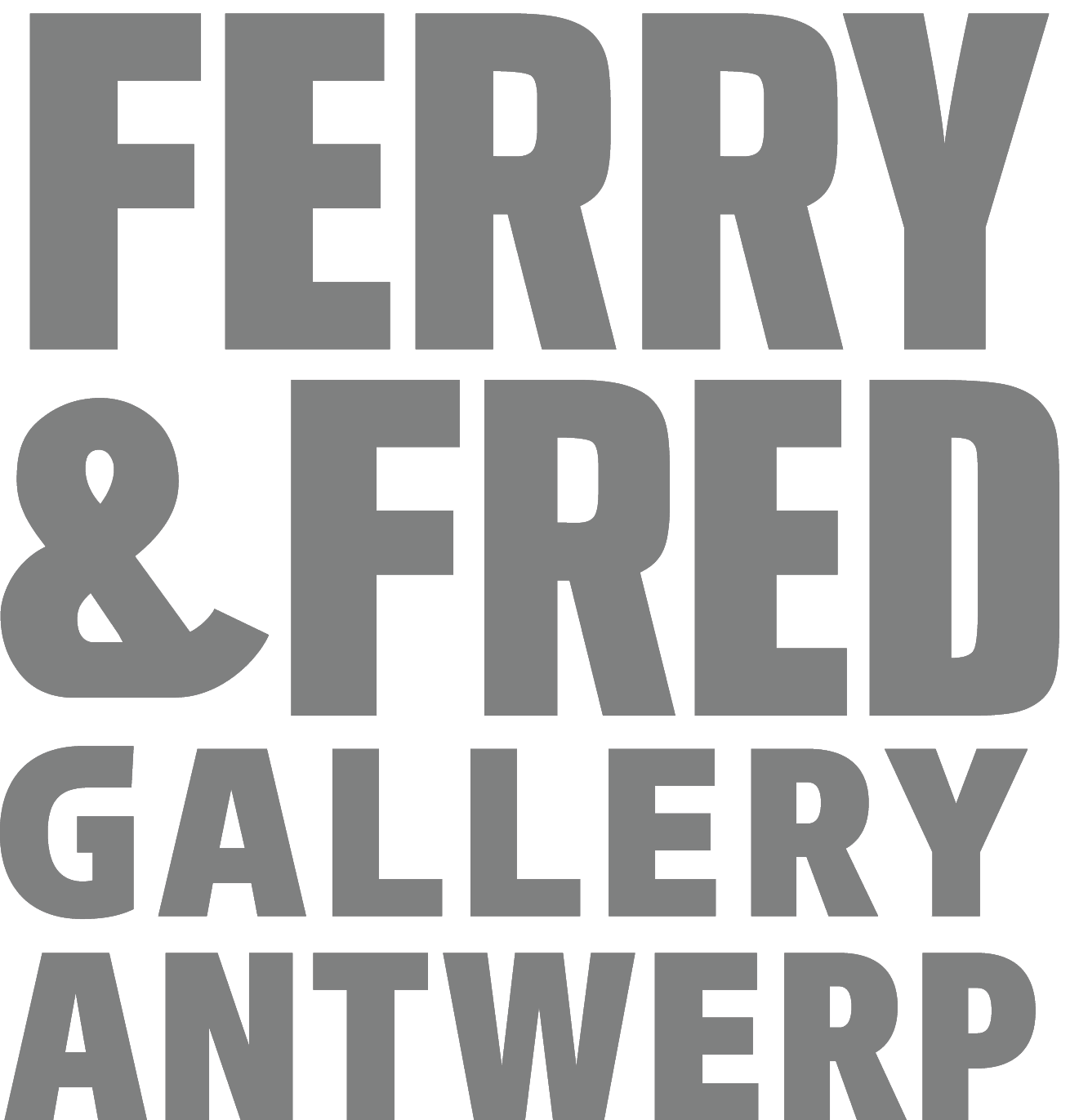JANA COOREVITS IN DIALOGUE WITH LYDIA HANNAH DEBEER, LOT DOMS, LIEN HÜWELS, SASKIA VAN DER GUCHT, ROSA JOHN & LOLA PERTSOWSKY
Jana Coorevits builds poetic spaces, forging paths to alternative modes of communication.
Seeking to make room for complex emotions and experiences, she looks for new narratives to
define relationships and events. In the pursuit of the exact right nuance to reveal what’s going on
within and around the body, she employs unhurried and intimate renditions. Silence supports the
sensitivity of the rhythm. New realms of meaning emerge from the flowing analogy between
landscapes and people. Shapes and ideas resonate, taking center stage in a lyricism that
engages multiple senses. Intuition is never far away.
↓ continue reading
Coorevits’ film matter on its dance through time (2023) unfolds from an ongoing conversation between the artist and the landscape of Death Valley, California. Within the dialogue between image, words, and sound, a sensory narrative takes shape, lending significance to the fragility and intricacies of the vast scenery. In collaboration with writer Charlotte Van den Broeck, Coorevits researched the relationship between landscape and the human body. From this metaphorical space, the film talks about hurt and the impact of violence. Inner wounds find their equal in the gradual shifts of the landscape’s matter, so subtle we almost miss it. Coorevits captures the nuanced movements and (colour) changes in the environment without manipulation, allowing the surroundings to shape the cinematic image. The moon trembles, storms brew, and we are momentarily blinded by the rising sun – or perhaps the pixels are just overly saturated.
A voice pierces the silence: “(...) hurt is in the smallest of particles (...)” A hand carefully stacks stones.
Guided by associations and intuition, Coorevits brings together pieces from six other artists. This selection indirectly highlights various aspects of Coorevits' own work. Take Rosa John’s Junge mit Sonnentalern (2021), for instance – it bears a resemblance to Coorevits' landscapes that morph into bodies that morph into landscapes. It’s almost the twin of Flank (2020) . Then there’s Lien Hüwels’ triptych The Hunter (2017), where a galaxy is reflected in birthmarks on a person’s back. These images draw a direct connection between the human body and the cosmos, a theme echoed in Coorevits’ own work, grootste gemene deler (2023), where a pregnant belly meets the moon. The moon is reduced to the size of the expecting curve. Coorevits intentionally establishes a connection here: pregnancy, a commonplace yet profoundly personal experience, is juxtaposed with the unifying grandeur of the moon. It looms above us all, but here, it takes on a more palpable size.
Downsizing substantial elements reintroduces a vulnerability to what’s cosmic. It sparks a different way of observing and experiencing, a quest that Coorevits also retrieves from Lydia Hannah Debeer’s The View (2014). This piece zeroes in on subtle movements, capturing the delicate nuances between a couple. How they carry themselves. Their body language. Their exchanges. We don’t see what their gazes are directed at, but they are sharing the view. Details aren’t merely an exploration of intimacy; they are the essence. Saskia Van der Gucht also plays with scale and magnifies the little things. In her study On Sand: Unpacking Preciousness (2023), she delves into the value of sand, discussing how its temporary packaging and industrial transportation don’t reveal its scarcity. Surprisingly, desert sand is utterly unmanageable as a building material, since the grains have become too slippery from constant abrasion. The image of grains of sand that, much like people, slide away due to friction is not a peculiar one.
Jana Coorevits delves into the relation between monads, atoms, and the everyday materials we encounter, focusing on the body as immediate matter in our interactions. This emphasis on physicality, coupled with an exploration of space for the female experience, echoes in Lola Pertsowsky’s Magdalena, Rachel & Nastasia (2015). Pertsowsky captured a moment where a woman casually reveals her nipple hairs to friends during a football match, touching on a collective vulnerability, and breaking through the societal shame and discomfort surrounding the female body in an innocent yet powerful manner. This disarming and outspoken act places the power dynamics from beyond the frame squarely on the metaphorical scaffold.
Coorevits’ approach imbeds an ongoing interplay between the collective and the personal, to stand up for everything that falls outside of the normative boundaries. Small actions become symbols for inner shifts and personal wounds that can resonate with a group of people. She’s also attuned to the notion that our senses are constantly shaped by our surroundings. Some substances only reveal themselves through discerning differences, fostering a new sensitivity. We witness a parallel at Lot Doms, where in Jongleur (2022), material engages with the sun through a deliberate act. A reflective screen is tossed into the air, catching and reflecting light. A moon materialises, oddly tangible. It's peculiar yet familiar. Here, too, matter dances through time.
Yasmin Van ‘tveld

















